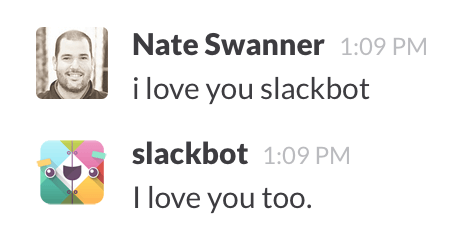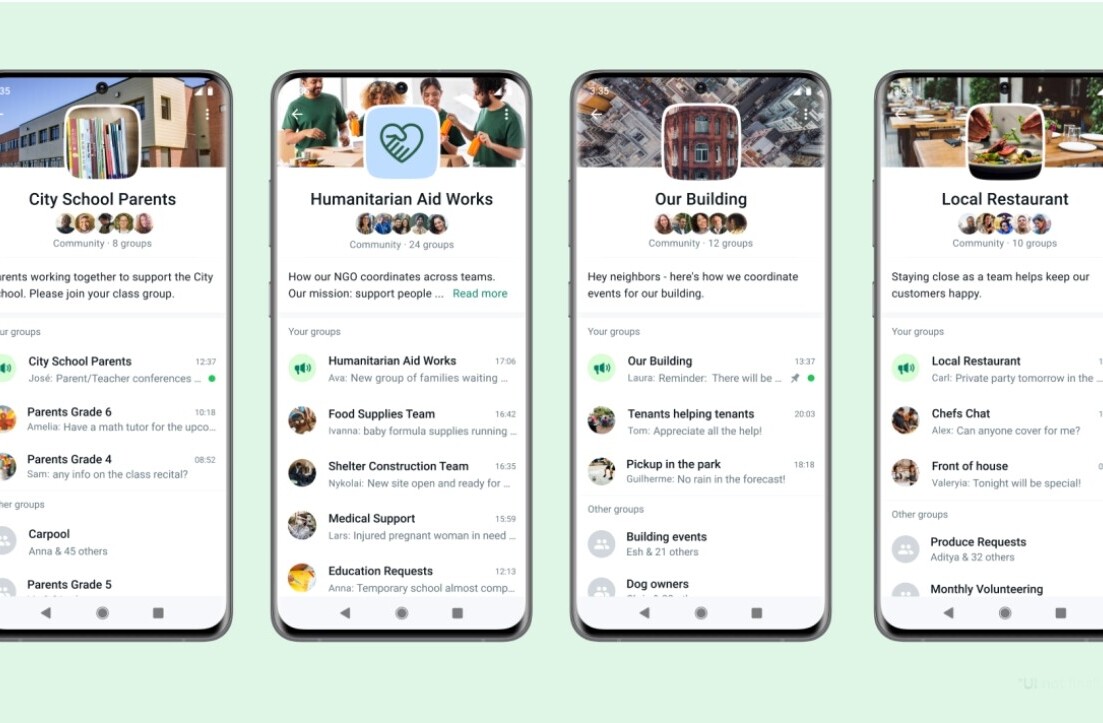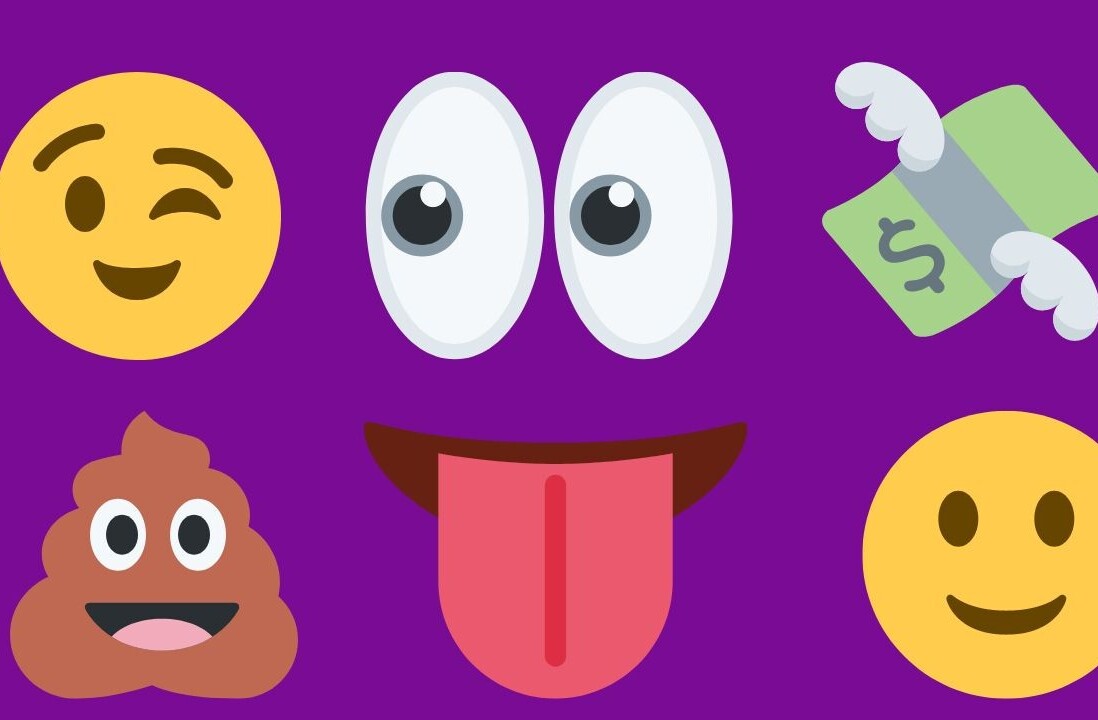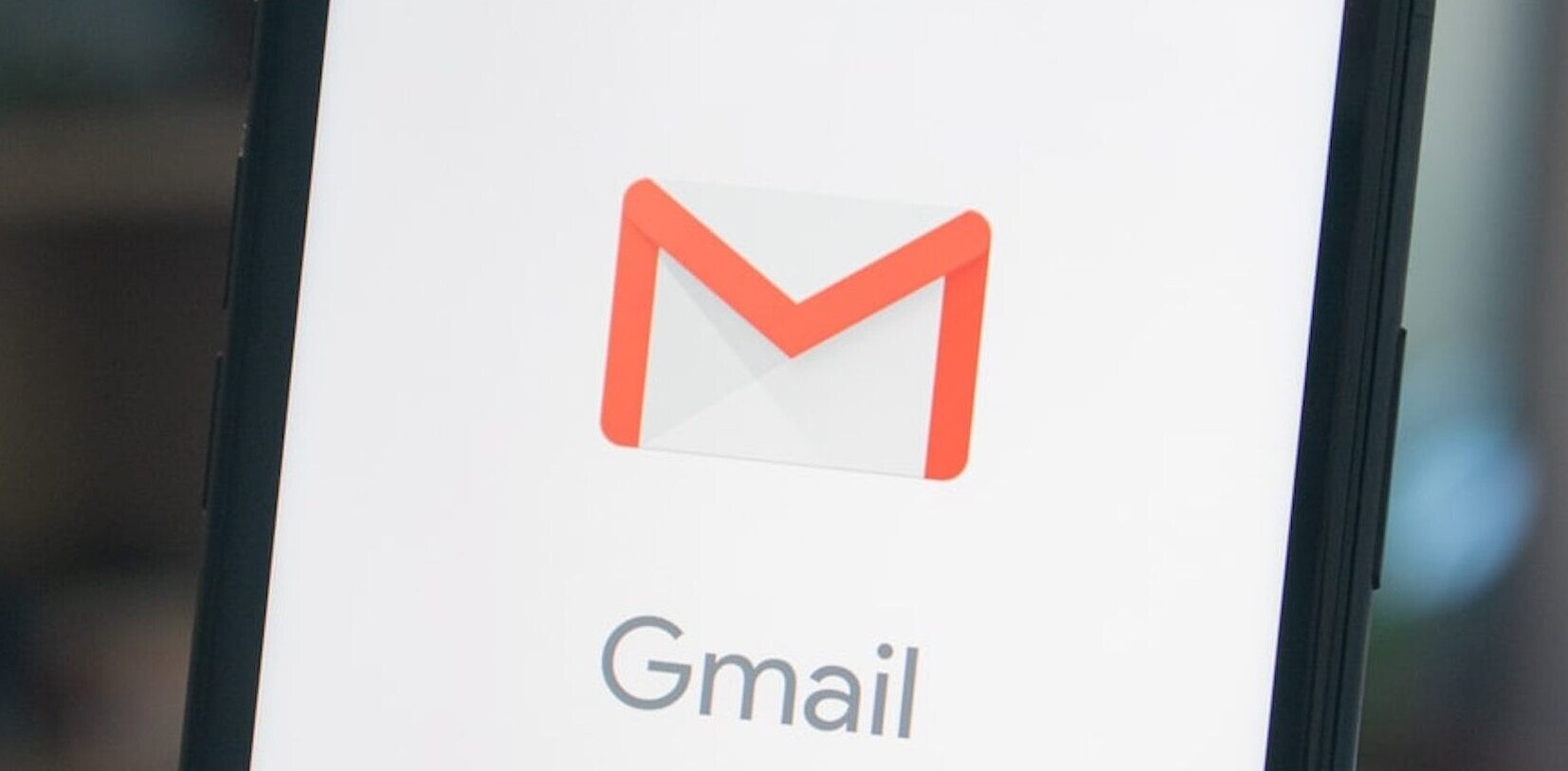
In December, Slack announced the launch of their new app platform. Since then everyone and their mom has written about why this is huge for the workplace and productivity software. People commenting on Slack Platform, however, seem to pay little attention to a crucial piece of the puzzle. Botkit and Slackbot.
The medium
The medium is the message, as the half-century old adage goes. But in the world of work, the opposite is true. The message is the medium. Stratechery’s Ben Thompson nailed it with his commentary of Slack’s announcement:
Messaging, in conjunction with mobile, is one of the most powerful platforms this industry has ever seen […] Indeed, combined with the human desire to connect and communicate, how could the operating system of the cloud be anything but messaging? This is what makes Slacks announcement yesterday of the Slack Platform so compelling — obvious, even.
Nothing is more crucial to an organization than communication.
Good communication is what makes teams deliver. Bad communication is what makes projects miss deadlines and fall apart.
Slack understands that. They’re not the first company trying to displace Microsoft Office and Google Apps for Work as the primary enterprise software suite. But they’re taking a radically different approach than Asana, Dropbox or Confluence. Instead of trying to own the core features – be it project management, file sharing, intranet – Slack wants to own what underlies all of them: communication.
To make sure you have no reason to ever look outside that OS. We’ve seen another proof of that recently with the roll out of conference calling in Slack.
Judging by their staggering growth to 2 million DAU in less than two years, they’re onto something. The future of enterprise is messaging. But the future of messaging is not limited to humans.
The UI is AI
Slack’s platform launched to an extremely warm welcome. People, however, focused mostly on the new apps, like task automation tool Howdy or expense management service Birdly. Slack’s fund aimed for supporting startups building products on top of its platform also got its fair share of screen time.
Compared to them, Botkit received little attention even though people are crazy about the potential behind bots.
Maybe because Botkit is not Slack’s proprietary product. It’s an open source framework for building Slack bots and it was started by aforementioned Howdy. It is, however, officially supported by Slack and maintained in collaboration with them.

Why is Botkit important? We’ve already established that Slack is building an operating system for the enterprise and communication lies at the very core of that workplace. And if that communication is with AI assistants as much as human colleagues… that’s actually great news.
Software in its nature is not intuitive. We’ve only been using software en masse for 20 years: hardly enough time for humans to become hardwired with any kind of software intuition. It also doesn’t help that each app behaves differently, following different principles and patterns. What we are hardwired for, though, is language. Something that – coincidentally – bots play with pretty well.
Sure, even the smartest bots feel kind of dumb today (looking at you Siri/Cortana/Alexa). But initially even basic natural language support can be a productivity boost: think setting up meetings (find a 30-minute slot for me, Brian, and the CTO by Thursday), updating to-do lists (I need to write a report next week), or simple automations (if Jane writes to me, tell her I’ll be back at 3 PM). And progress is being made fast with Google, Facebook and IBM racing to dominate the AI landscape and VC dollars flowing towards machine learning startups.
Combine that with the expansion of Natural Language Processing market, add the ‘API economy’ to the mix, and you have a fertile ground for developers to grow the bot ecosystem.
The rise of frameworks like Botkit and mounting interest in building bots mean that in the future they’ll be much more capable.
They will be helping us scout LinkedIn for possible hires, review drafts stored in Google Docs, or mine Salesforce and Gmail for information that will come in handy in the upcoming meeting. And don’t think only about software. Consider how Internet of Things – the world of sensors, beacons and connected devices – can evolve going hand in hand with bots.

Imagine Callida built a bot that lets the office manager control the office heating and lights with natural language commands. Or that Robin has a bot allowing you to check room occupancy from the comfort of Slack’s interface. Or that Cloud Your Car lets you just ask where a particular car from your fleet is. None of this is beyond scope of technology we already have and this space is still so new that opportunities for growth are massive.
In enterprise, bots are the new apps. Ben Brown, Howdy’s cofounder and CEO, explained:
Our dream, and certainly we share with Slack, is that there’s going to be thousands of bots out there operating in different ways and that people will have their own personal armies of bots.
Hi, Slackbot
Of course if you have a personal army of bots under your command, managing them can become more of a chore than it’s worth. That’s why you need one to rule them all. And Slack is already on it.
Right now Slackbot only helps with user onboarding and keeping your files and reminders in order. But Slack’s CEO, Stewart Butterfield, wants it to one day be as smart as Samantha, the universal AI in the movie ‘Her’. Bold, but with the tech’s big five – Apple, Amazon, Facebook, Google, Microsoft – heavily investing in deep learning and natural language processing, Slack will find itself in fierce competition for talent.
Even more so in the bot-building niche of AI. They’re not backing down though, as shown by the example of Keith Adams, who co-founded Facebook’s AI group and has recently joined Slack as the Chief Architect. Slack is also reportedly expanding their Search, Learning and Intelligence division.

Source: Meowza
And if they manage to turn Slackbot into a fully-fledged virtual assistant, they’ll lock businesses in their platform with the sheer power of productivity boost. Butterfield himself made that intention clear in his conversation with Guardian last year:
Businesses often end up buying from three or four dozen vendors, and the software is cheaper, more powerful and easier to deploy and manage. Across the board everything is better. Except that none of this software works together.
[…]
If we make them just a little bit better, we can provide a huge amount of value to our customers, and people will love us and want to use us forever.
Except it’s as much must as want. Remember that one of Slack’s selling points from day one was a fully searchable archive. And that’s not only conversations and files uploaded by humans. It’s also support tickets, bug reports, status updates, and any data you feed Slack through the API. If Slackbot and his bot minions could comb through this data and understand it, they’d become as indispensable to companies as MS Office was 15 years ago.
Slack has the unique opportunity to create a platform that takes the best of worlds of web and apps.
Slackbot can play the role of Google search. An intelligent gatekeeper, guiding you quickly and frictionlessly through the army of bots at your disposal. Each of them, just like an app, capable of performing a different task.
However, even if we have hundreds of apps installed, we rarely use more than a few. That leads to the problem of app discovery and the broken app economy developers have to deal with today. How to avoid the same scenario with bots? Make sure they are interconnected.
Botkit, or whatever bot-building frameworks Slack eventually replaces it with, needs to let bots talk to each other. The bot that handles travel should be able to work together with one that takes care of expenses, and the other one that keeps track of the calendar.
And all of them should report to Slackbot – the one to rule them all. Otherwise, we’d just get the walled garden mess played on repeat, this time in enterprise context.
Read next: This is Slack’s first ad campaign
Get the TNW newsletter
Get the most important tech news in your inbox each week.





